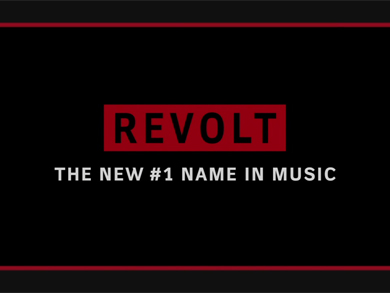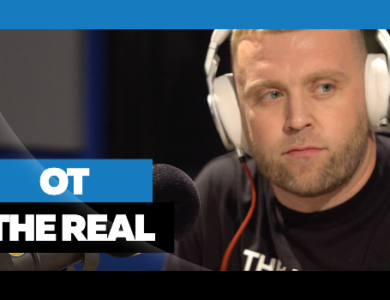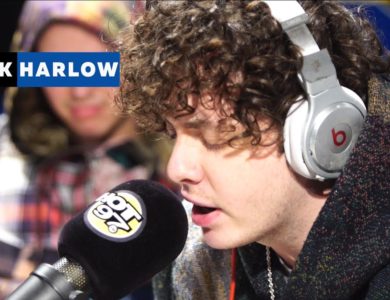It seems that doctors are linking almost everything to cancer these days! Check out the info below to find out how the chemicals that color sodas may be cancer causing.
[HL] – Soda is not good for you. The high-calorie, sugary drinks have been linked to obesity and a host of other health problems. Soda can be particularly dangerous to children, who can consume lots of calories quickly through colas and other pop without feeling full. And then there’s the dental toll — it doesn’t take a peer-reviewed study to tell you that drinking lots of sweetened soda isn’t great for your teeth.
But soda isn’t just water, corn syrup and carbonation — a can of Coke or Pepsi also contains chemical additives for coloring and flavoring. And according to one public health group, those additives could increase your chance of getting cancer.
That’s the message from the Center for Science in the Public Interest (CSPI), a Washington-based consumer watchdog group. CSPI has petitioned the Food and Drug Administration (FDA) to ban the “caramel coloring” that is used in Coke, Pepsi and other sodas, on the grounds that the chemicals are carcinogenic.
CSPI says the artificial brown coloring — which doesn’t have much to do with actual caramel, despite the name — is made by reacting corn sugar with ammonia and sulfites under high pressures and at high temperatures. (Just like Mom used to do it!) Those reactions produce the chemicals 2-methylimidazole and 4-methylimidazole — chemicals that government studies have found to cause lung, liver or thyroid cancer in lab rats or mice. “It’s a small but significant risk, and it’s the kind of thing that government agencies should deal with,” says Michael Jacobson, the executive director of CSPI.
Is Jacobson right? A 2007 study by the National Toxicology Program (NTP) found “clear evidence of carcinogenic activity of 4-methylimidazole (4-MEI) in male and
female B6C3F1 mice based on increased incidences of alveolar/bronchiolar neoplasms,” otherwise known as lung tumors. The state of California has also concluded that 4-MEI is a carcinogen, and is in the process of crafting regulations that may require food and drinks containing significant levels of the chemical to bear cancer warnings.
According to California’s regulators, a level of more than 16 micrograms per day would pose a significant risk — meaning it could result in at least one excess case of cancer per 100,000 exposed people. Given that there are roughly 130 micrograms of 4-MI per 12-ounce can of soda — and given that the average American drinks 14 ounces of soda a day, with young men drinking far more — that would mean that most of us would be at some risk.
As a result, CSPI has been petitioning the FDA to change the name or ban the use of the chemicals in soda and other foods, or at least force manufacturers to put warning labels on their packaging. “We think industry can solve this problem,” says Jacobson. “They don’t want to put warning labels on their products.”
The soda industry, however, is fighting back. In a statement the American Beverage Association — an industry group that includes soda makers — denied that 4-MEI posed any danger to human health:
4-MEI is not a threat to human health. There is no evidence that 4-MEI causes cancer in humans. No health regulatory agency around the globe, including the Food and Drug Administration, has said that 4-MEI is a human carcinogen. This petition is nothing more than another attempt to scare consumers by an advocacy group long-dedicated to attacking the food and beverage industry.
In California a number of industry groups — including the American Beverage Association — have filed a lawsuit against state regulators to block efforts to list 4-MEI as a carcinogen:
The state agency’s decision does not reflect sound science and failed to follow its own regulations. Also, it did not take into account all the data available on the subject in this process.
For its part, the FDA says that it is reviewing CSPI’s petition and examining the data on 2-MEI and 4-MEI. Douglas Karas, a spokesman for the FDA, told me in an email:
FDA is currently assessing potential consumer exposure to 4-MEI and 2-MEI from consumption of the ingredient caramel to determine if any appreciable risk exists from exposure to these impurities. FDA’s assessment will dictate what, if any, regulatory action needs to be taken. This assessment will be used to help respond to any petition FDA receives regarding 4-MEI and 2-MEI in caramel.
But Karas also noted that the NTP studies were conducted with rodents, and that the exposure levels far exceeded what human beings are likely to be exposed to in the course of their soda-drinking diet. (I’m still waiting to hear back from the folks at NTP.)
It’s also true that neither 2-MEI nor 4-MEI are on the NTP’s list of “known carcinogens,” despite the conclusion in that 2007 report that there was “clear evidence” 4-MEI was connected to cancers in animals. Fred Guengerich, a biochemist at Vanderbilt University, told ABC News that he was sanguine about potential risk posed by 2-MEI and 4-MEI:
Basically my advice would be just to relax … I did some simple
math. … If you look at the study in terms of what the
mice got, in terms of causing any effect, a human
being would have to drink more than 1,000 sodas a
day.
Jacobson himself admits that even if 2-MEI and 4-MEI slightly increase the chance of cancers, the far greater risk posed by soda is for obesity — which is itself connected to some cancers. “The contaminants pose a small risk compared to all that sugar,” Jacobson says. Cancer or not, that’s a good reason to avoid becoming a popaholic.













